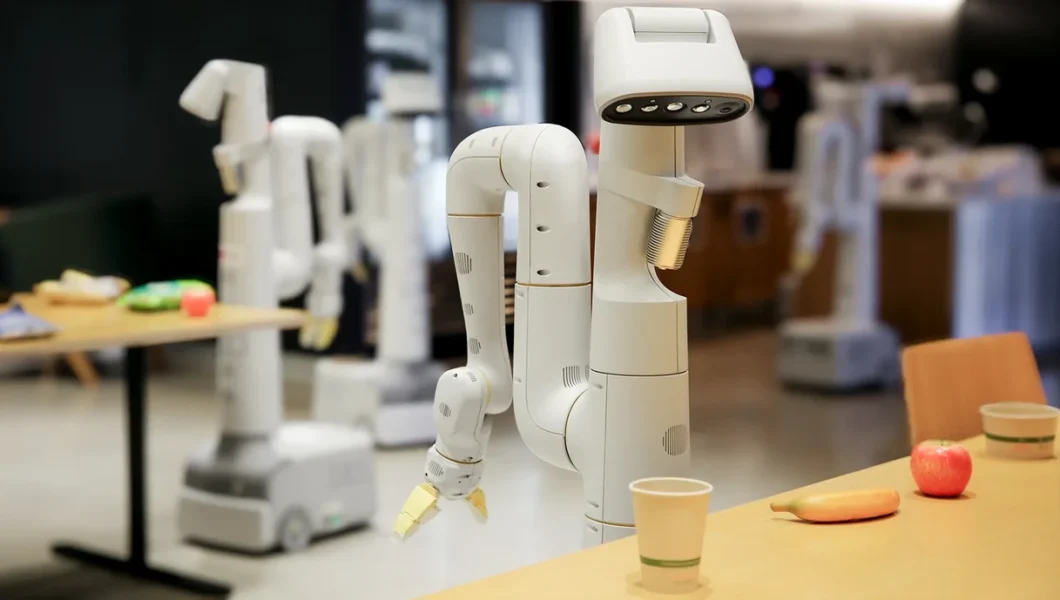Google’s DeepMind is Using AI to Teach Robots Household Chores — Here’s the Result
The dream of having a robot make you breakfast, take over your chores, or do more than your typical robot vacuum could be a step closer thanks to new research from Google’s AI-lab DeepMind.
Three new research papers from DeepMind covering automation, reaction times, and motion tracking in robots allow them to work more efficiently in the real world.
Breakthroughs in robot Automation
The techniques allow the robots to use powerful large language models, such as the one powering ChatGPT, to learn about and understand complex tasks without having to be trained from scratch for each new function.
In a series of videos showing the potential of the research, the robots can be seen picking up soda cans, opening and closing drawers, and even cleaning a surface.
Previously, each of the parts of those tasks would have required lines of code and specific training.
robot Safety Rules
There is also a new robot constitution that sets out safety rules for both the bots and the underlying large language model decision-making system:
Based on Isaac Asimov’s famous three laws of Robotics, they essentially say do no harm to humans.
AutoRT – Teaching Multiple robots Simultaneously
The first of the new technologies is AutoRT, a technique that teaches multiple robots at once to perform different tasks in a range of environments at the same time.
They use a visual language model to study the Environment and objects and feed that data into a large language model.
SARA-RT – Self-Adaptive Robust Attention for Robotics Transformers
Self-Adaptive Robust Attention for Robotics Transformers (or SARA-RT for short) is a new system that is scalable and lets the robots make improvements to their instructions based on real-world feedback.
It is a way of fine-tuning the model to work as efficiently as possible.
Enhancing Understanding Through Visual Contour Data
The final technique provides visual contour data for robots that can add descriptions to the training data.
It can use this additional data to generalize more effectively and improve its understanding of the task it has to perform.
Conclusion
This is just an early research project from DeepMind, working on the underlying technology rather than deploying it to live Products.
So don’t expect an Android to make you a coffee anytime soon.
Source: tomsguide








No Comments